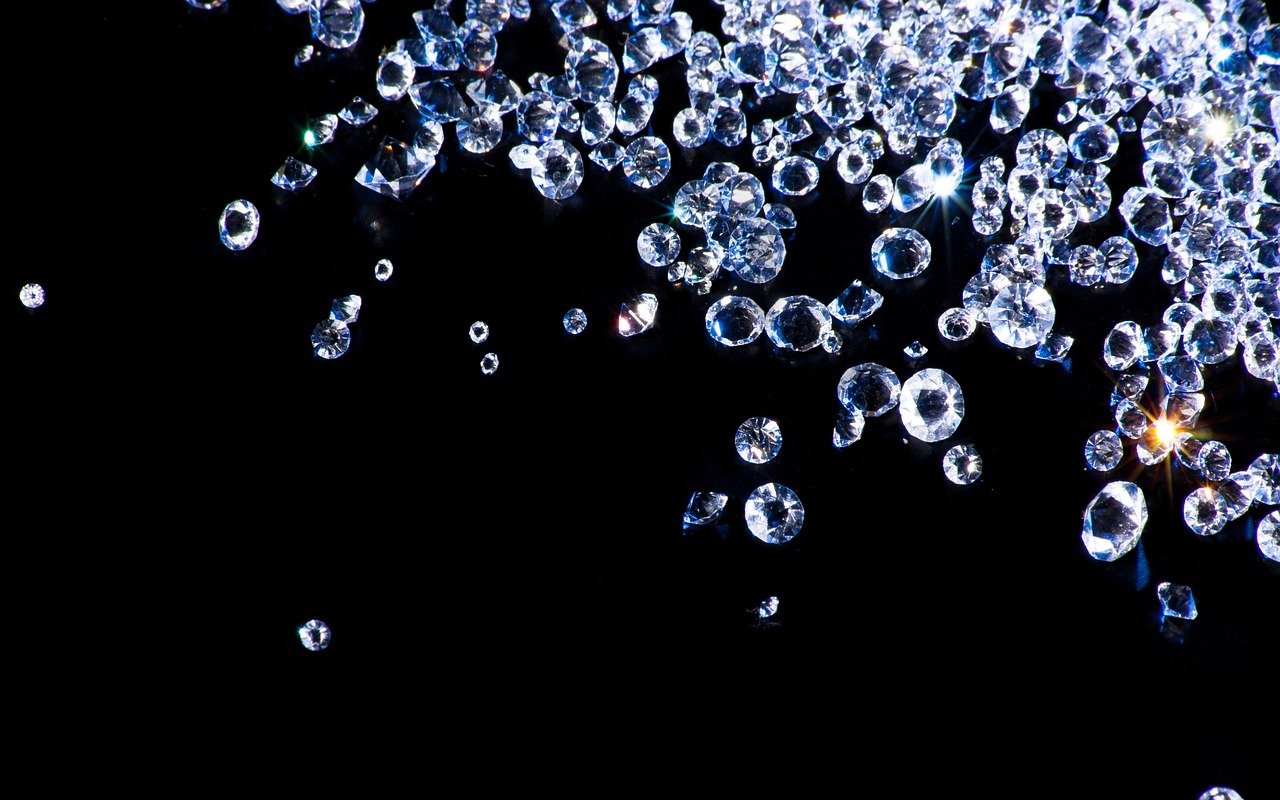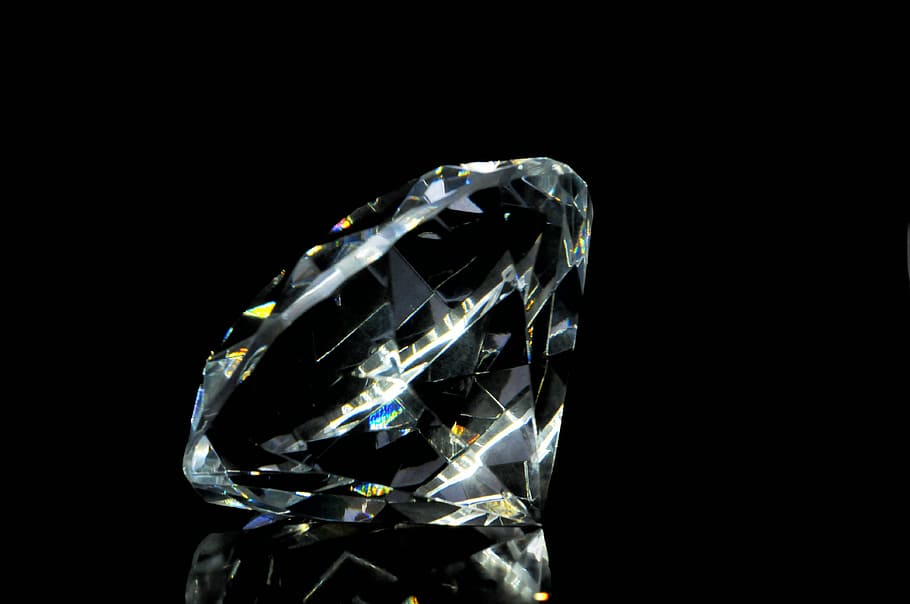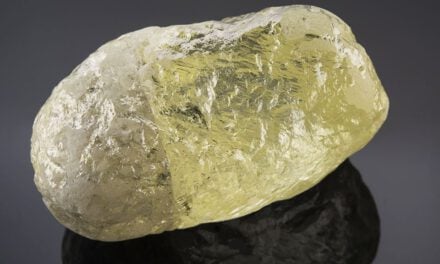The history of lab-grown diamonds
Around the year 1797, scientists have discovered that diamonds are indeed pure carbon, and many tried to create lab-created diamonds. Then in the late 1800s, two men – James Ballantyne Hannay and Ferdinand Frédéric Henri Moissan, tried heating charcoal with iron inside a carbon crucible at 3500° Celsius in a furnace, but they were not successful. Since then, other scientists have continued trying to create lab-grown diamonds.
Finally, in the 1940s, scientists in the United States and other countries successfully created diamonds using the Chemical Vapor Deposition (CVD) and High Pressure – High Temperature (HPHT) methods. Due to the diamond’s hardness, optical properties and other features, lab-grown diamonds were soon used for industrial purposes. Both CVD and HPHT methods are still widely used today.

How are lab-created diamonds created?
As said before, lab diamonds are nowadays created using two methods – CVD and HPHT. The complete creation usually takes less than a month. On the other hand, a natural diamond creation beneath the Earth’s crust takes billions of years.
The High Pressure – High-Temperature method uses one of these three manufacturing processes – the belt press, the cubic press and the split-sphere press. These three processes can create high pressure and temperature environment in which the diamond can develop. It begins with a diamond seed which is places into carbon. The diamond is then exposed to 1500° Celsius and pressurized to 1.5 pounds per square inch. Finally, the carbon melts and a lab diamond is created.
CVD uses a thin piece of diamond seed, usually created using the HPHT method. The diamond is placed in a chamber heated to about 800°C which is filled with carbon-rich gas, such as Methane. The gases then ionize into plasma. The pure carbon from the gases adheres to the diamond and crystallized.
The process of lab-grown diamond creation and the impact on the environment is straightforward. If the producer uses renewable energy then the process is more sustainable than when made using fossil fuel energy.

Lab-grown diamonds environmental impact
Lab-grown diamonds are becoming more popular these days. Since these stones are not mined, they are considered to be sustainable. However, before buying one, research the company you’re planning to shop from and ask them about their production process and source of carbon.
The amount of energy that is needed for one single lab diamond is high but still a lot smaller than for one mined diamond. Luckily, some manufacturers are trying to use renewable energy and take the carbon dioxide from the atmosphere to produce diamonds, but most companies don’t. Also, some mining companies are trying to improve the mining industry’s impacts by building schools and medical facilities in locations where diamonds are mined.
So if you really desire to buy yourself a lab-grown diamond, choose the one that’s made using 100% renewable energy to lower the impact on the environment.
Lab-created diamonds price
Even though lab-created diamond has the same quality and properties as a mined diamond, it costs 10-30% less. The individual pieces are rated by their cut, colour and clarity – for example, high-quality diamonds would be pretty expensive. Also, their price does not increase based on their carat size.
Lab-created can be coloured, and when done, they cost much less than coloured natural diamonds. That means that they are a great option if you desire a colour diamond for a reasonable price.
One disadvantage of lab-created diamonds is that they usually don’t have any resale value. Modern advanced technology makes it easy to create more and more lab-grown diamonds, which causes the value of lab-created diamonds to decrease over time.

Lab-grown diamond jewellery
Lab-grown diamonds come in a large variety of colours – ranging from brown, yellow to colourless. They can be coloured easily, which makes them an ideal and affordable alternative to colourful engagement rings. Lab-grown diamonds can have some tiny surface inclusions which occurred throughout the creation process. Those can lower its quality. However, natural diamonds can also have some flaws, which were created under extreme pressure. Also, carbon inclusions are usual, but they can’t be seen with a naked eye.
Lab-grown diamonds are grated by the 4Cs industry-standard – the colour, clarity, cut and carat weight. Lab-created diamonds are a favourite in an engagement ring. Because of their ideal optical properties, lab-grown diamond rings are available in various cuts, settings, styles and metals to enhance anyone’s aesthetic and beauty.




